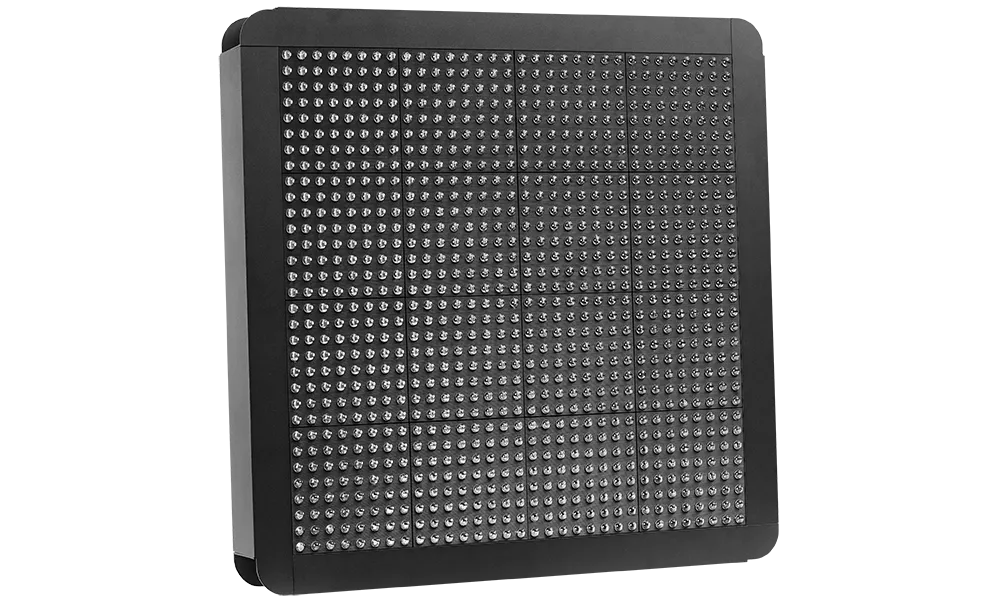Transpo will be highlighting its Color-Safe pavement marking system at Intertraffic. The company claims the product is the most cost-effective, high-definition colour marking on the market today and was recently used for bus lane demarcation in both New York City and Chicago.
April 5, 2016
Read time: 1 min

Cold weather applications extend the marking season and with the long life cycle of Color-Safe, Transpo says transportation officials look at Methyl Methacrylate (MMA) as the optimal material for special use lane marking for both concrete and asphalt surfaces. MMA symbols and striping develop a strong bond to existing MMA, and are capable of full cure down to 40°F, making Color-Safe a viable alternative to thermoplastic markings.









